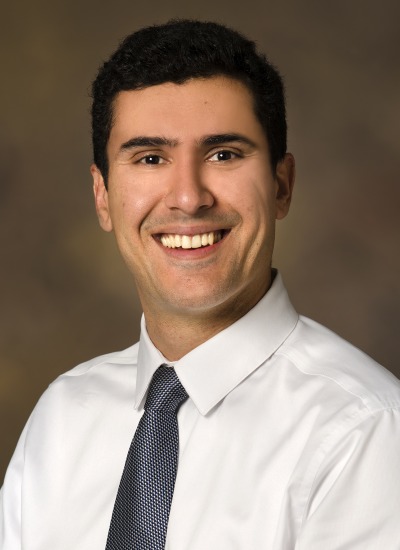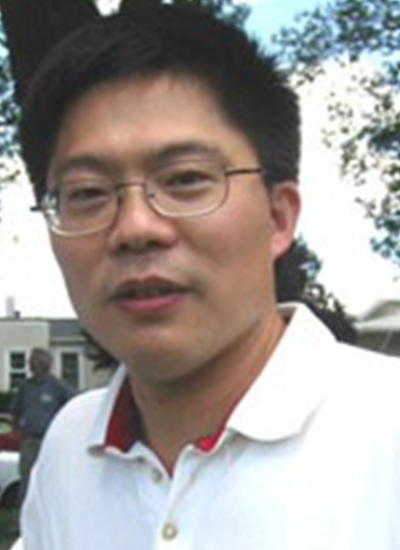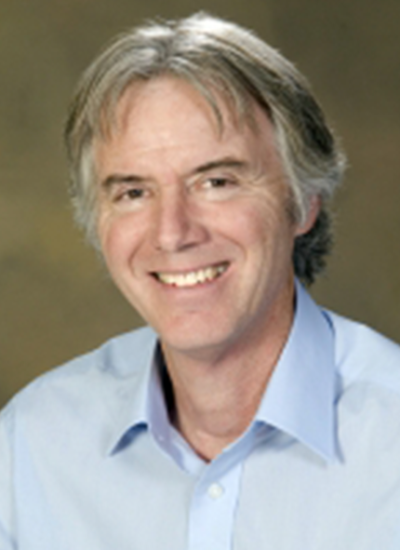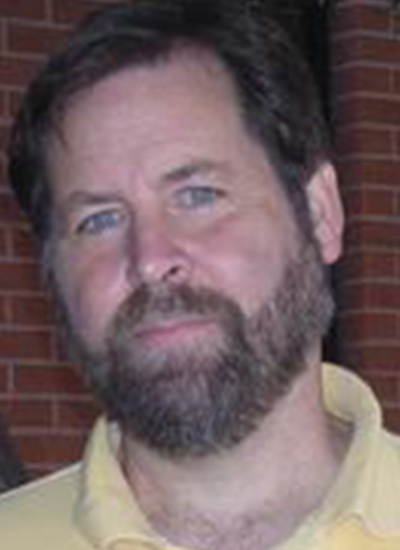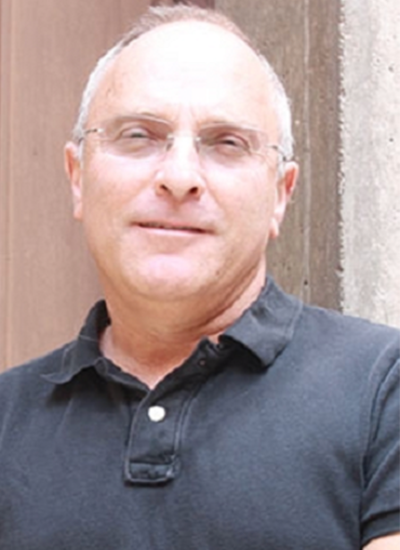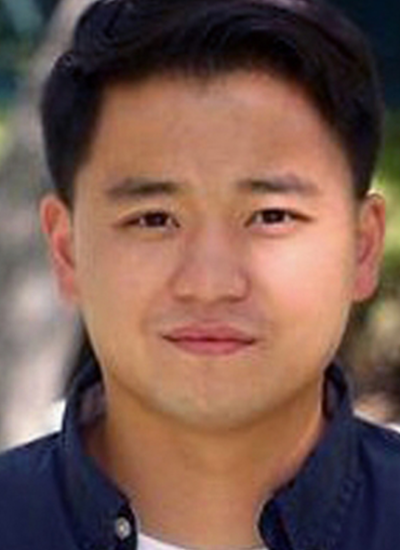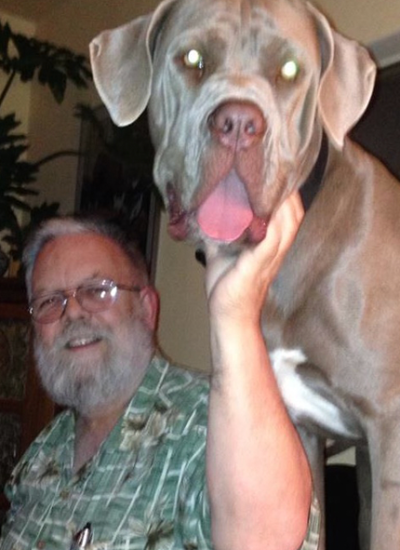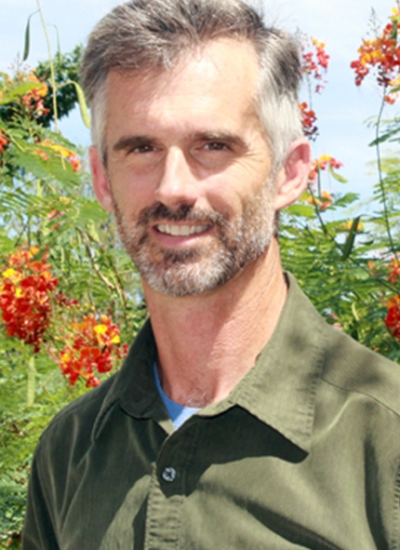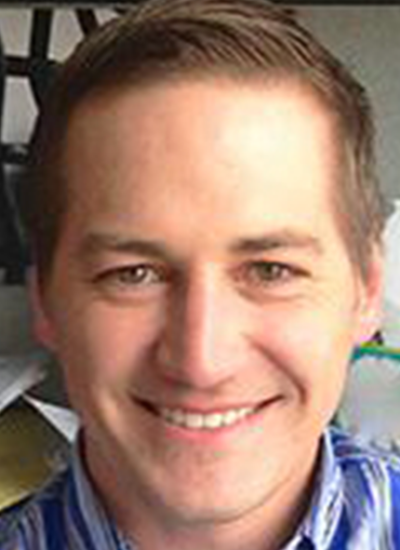Dr. Polt began his research career by developing methods for amino acid synthesis in Prof. Marty O’Donnell’s lab at IUPUI. After that he was trained in the art of Organic Synthesis in the laboratories of Profs. Gilbert J. Stork at Columbia University and Dieter Seebach at the ETH in Zürich. He has continued to develop novel synthetic methods for amino acids, amino alcohols, glycosides and glycopeptides. Application of these methods resulted in the production of a number of pharmacologically active glycopeptides (GPCR agonists), alkaloid-like inhibitors of glycolipid processing enzymes and glycosyltransferases, as well as glycolipids with biological activity such as glycosphingolipids and rhamnolipids. The biological focus of his work has been in attempting to understand the chemistry of carbohydrates (e.g. glycolipids, glycoproteins) at cell membranes, membrane trafficking, and using these insights to design glycopeptide drugs from endogenous peptide neurotransmitters (neuromodulators, hormones) with enhanced stability in vivo that are capable of penetrating the Blood-Brain Barrier and interacting with GPCRs as agonists or antagonists. Presently, Polt studies the design, synthesis and testing of agonists related to the hormones Oxytocin and PACAP (Pituitary Adenyl Cyclase Activating Peptide), as well as other glycopeptide drug candidates.
Clinical applications of the glycopeptide drugs include pain, opioid use disorder, migraine, Parkinsons, Alzheimers and other neurogenerative diseases. In addition to lecturing and laboratory teaching during 35 years at the University of Arizona, and the publication of more than 137 scientific papers, he has mentored a large number of undergraduate, graduate (21 Ph.D.s granted, 2 in progress) and post-doctoral students who have taken positions in academia, industry and the US government. His Ph.D.s have hailed from the US (10), Czech Republic*, China, Germany*, India, Iran*, Ireland, Jordan*, Kenya*, Korea, Mexico* and Sri Lanka. Six of these Ph.D. graduates (*) have gone on to become naturalized citizens or obtain permanent resident status. Recent undergraduates associated with his research group have gone to graduate schools at Harvard, MIT, Boston University, University of Wisconsin, and Columbia University.


